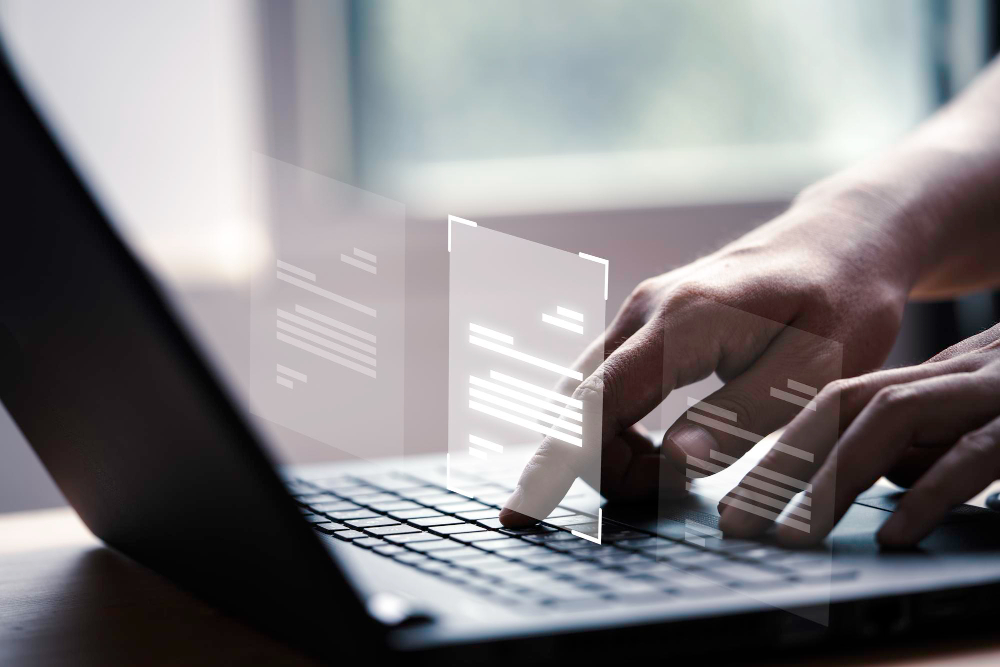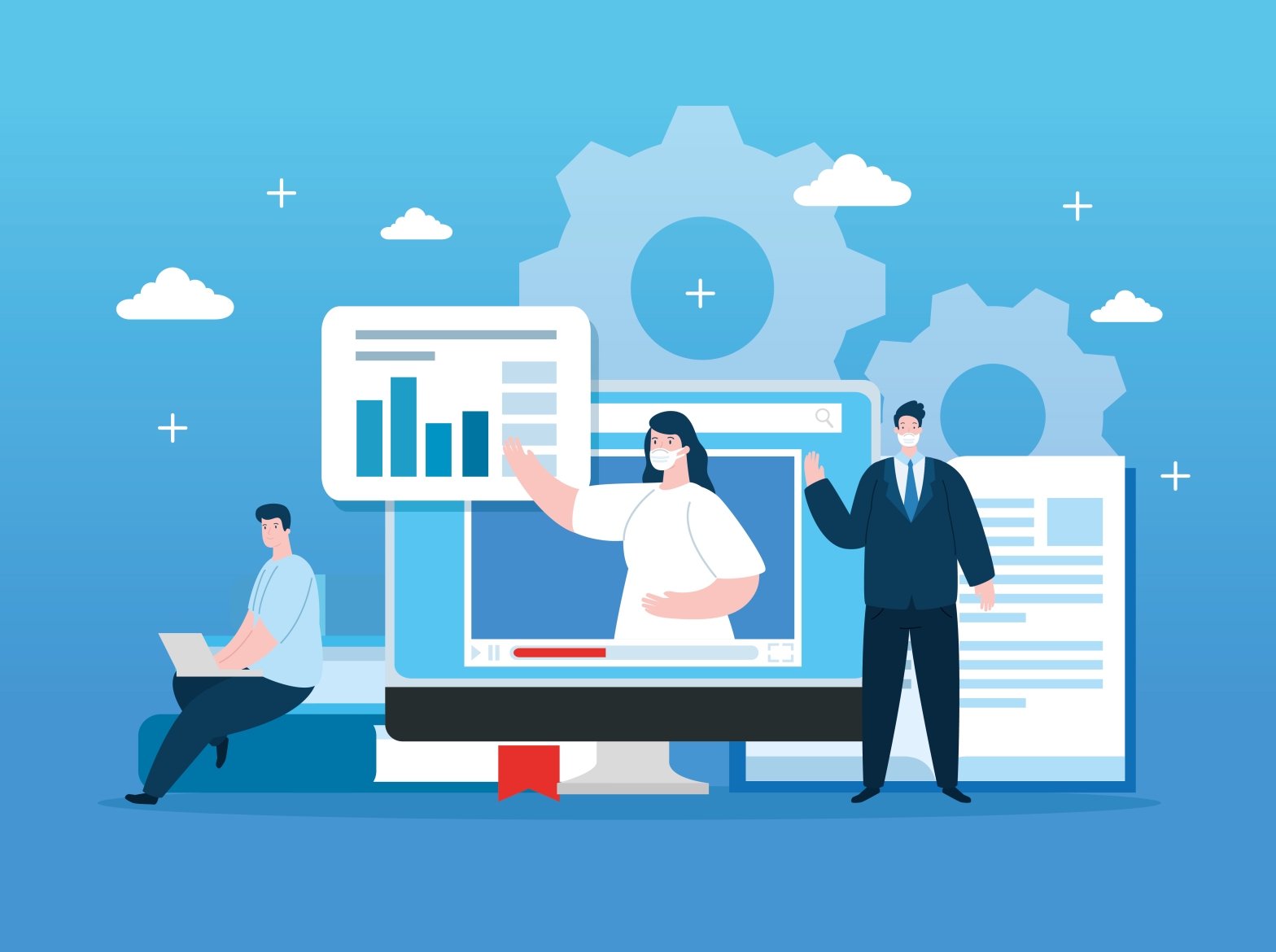An essential component of human resources (HR) operations is the effective and secure management of personnel documentation. The foundation of HR excellence is efficient employee document management, which helps with everything from guaranteeing compliance to improving performance reviews. In this extensive tutorial, we will examine important tactics and resources for the best employee document management.
The Value of Document Management for Employees
For a number of reasons, effective employee document management is crucial. Firstly, it ensures compliance with all legal and regulatory standards. Payroll records, immigration documentation, and IRS tax withholding forms are just a few of the compliance records that HR departments are required to keep up-to-date. Methodically storing and organizing these records facilitates compliance with regulatory requirements and simplifies audits for HR experts.
Secondly, the administration of employee documents is essential to improving HR procedures and processes. HR teams may expedite processes like employee onboarding, performance reviews, and offboarding by centralizing and digitizing employee records. Productivity rises as it becomes easier and faster to access and retrieve pertinent documents, which lessens the administrative load.
Thirdly, secure document management safeguards private employee data. Controlled access is necessary for confidential files, such as background checks, drug test results, and medical records, in order to protect privacy and comply with data protection laws. Strong security measures and the use of secure document management systems prevent unwanted access and data breaches.
Items Included in a Personnel File for Employees?
Determining the forms and information that go in an employee personnel file is crucial when structuring HR files. These folders typically contain confidential personnel files, company records, and compliance materials.
Compliance documents include documents that firms are required by law to keep. Pay stubs, immigration paperwork, employee timesheets, IRS tax withholding forms, and other payroll data fall under this category. This category also includes job descriptions, demographic data, employee benefit enrollment forms, worker’s compensation records, termination information, COBRA insurance, and unemployment documentation.
Resumes, cover letters for job applications, signed offer letters for jobs, employment contracts, records of promotions and raises, performance reviews, acknowledgment of company policies, non-compete or non-disclosure agreements, disciplinary records, and resignation letters with accompanying exit interview documentation are examples of company documents.
Only HR administrators have access to confidential employee files. These files usually include information on pending litigation, background checks, drug test results, child support paperwork, garnishment records, beneficiary information, and wage garnishment records. Private medical files store HIPAA-protected medical data, such as enrollment forms for health, dental, and vision insurance, life insurance, insurance claims, physician notes, medical leave request paperwork, and requests for disability accommodations.
Techniques for Efficient Document Management for Employees
You must implement employee document management solutions to maximize security and efficiency. The following five useful suggestions will assist you in keeping employee files organized in a digital setting:
- Make your filing system standard.
When digitally managing human resource files, consistency is essential. Establish a consistent methodology across your HR system to guarantee consistency and streamline the process of identifying documents. For each file, create a naming convention that is consistent, like “[Employee Name]-[Document Name]-[Year].” This naming practice makes it easier to quickly determine the age, kind, and owner of the document. Provide a specific folder for every employee, labeled with their name or employee number. Inside these folders, make subfolders to arrange pertinent papers, including “Onboarding,” “Payroll,” and “Performance Reviews.”
- Sort documents into useful categories.
Organize better by rationally classifying documents. To build a clear and understandable structure, group related papers together into specified sub-folders, like “Onboarding” or “Performance Reviews.” This classification makes it easier to retrieve documents and guarantees that pertinent data is available when needed. Depending on the requirements of your company, think about making extra sub-folders for records pertaining to particular categories, such as benefits documentation, disciplinary records, or training records.
- Make use of software for document management.
Implementing document management software could completely transform your staff’s document management procedures. These software programs provide features such as document storage, version control, access control, and search capabilities. Seek out software that works well with the current HR systems and is in line with the unique requirements of your company. The extra advantages of cloud-based solutions include data backup and remote access, guaranteeing the safety and accessibility of your employee papers.
- Safeguard private data.
Safeguarding confidential employee data is essential for upholding data privacy and adhering to regulatory mandates. To protect sensitive files, put strong security measures in place, including encryption, access limitations, and frequent data backups. Educate HR personnel on safe document sharing procedures, phishing attempt detection techniques, and password hygiene, as well as other best practices for data protection. To keep ahead of new threats, examine and update security measures on a regular basis.
- Create policies for document retention.
Establishing document retention standards guarantees the proper retention of employee records on file while also reducing storage costs and compliance issues. Determine the best practices for document retention in the industry and the laws that apply to your country. Create a comprehensive policy that outlines the safe disposal periods and durations for various types of documents. Review and update these policies often to take into account modifications to organizational requirements or regulatory changes.
In summary
HR operations require effective and secure employee document management. HR professionals may assure compliance, optimize procedures, and improve data security by implementing document management software, adhering to a uniform file system, properly classifying documents, protecting sensitive information, and creating document retention standards. Using digital document management solutions gives HR departments the ability to streamline processes, boost output, and concentrate on key projects that lead to organizational success.
Recall that effective and secure employee document management is an ongoing activity. Review and update your document management procedures on a regular basis to keep up with evolving laws, business trends, and organizational requirements. HR experts may establish a streamlined and safe environment that promotes the success of the company and its employees.









